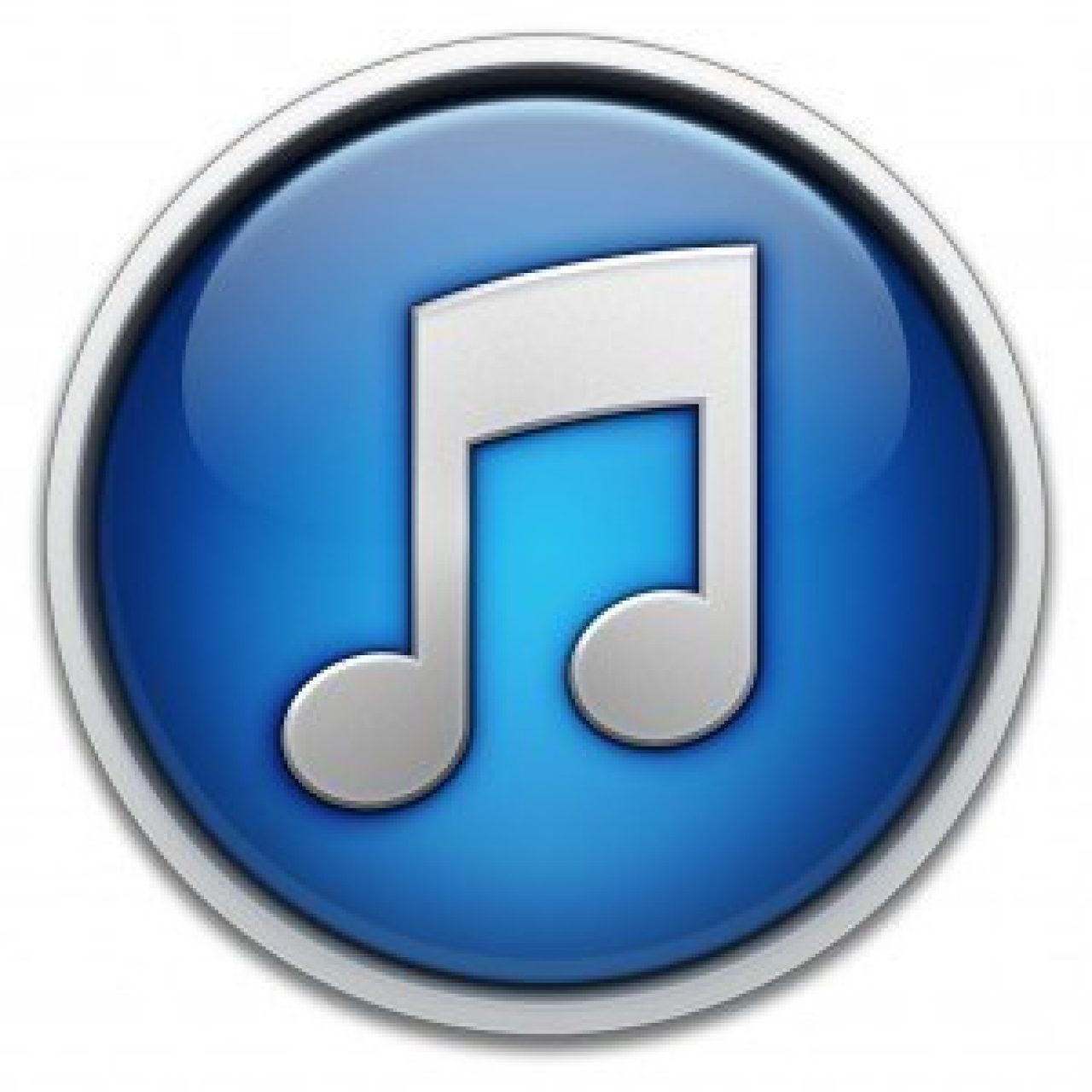How to Get the Most from Your iTunes Library
Are you annoyed with how slow iTunes has been lately? These tips will organize and streamline your iTunes library until it's good as new!
Your iTunes library stores all of your music, videos and television episodes, and syncs them to your Apple devices such as iPod, iPhone or iPad. For many people, iTunes is the main way to organize and enjoy digital music and video files. With its simple, easy-to-use interface, iTunes is one of the most popular virtual music libraries around. While iTunes used to be a proprietary Mac program, it's been available to Windows PC users for several years and is consistently at the forefront of online music marketplaces.
Here are a few simple tips to organize and streamline your iTunes library!
Turn off Genius to save time. iTunes boasts a feature called "Genius" which tracks the music you listen to and automatically creates playlists and suggestions for you. While some folks enjoy this feature, I've never been a fan. The problem with Genius is that it randomly sends data to Apple, slowing down iTunes in the process. Genius also creates playlists that sync with your device. These playlists take time to update when you launch iTunes, and they also waste time syncing to your device. I turn off Genius in the Store menu -- see the screenshot below -- and forget about it.

Create a cleaner library view. Having too many columns in your iTunes library view makes it cluttered and difficult to navigate. Right click anywhere inside the horizontal bar containing your column titles and uncheck whichever columns you don't need. For example, in the screenshot, you can see that I am unselecting the Comments column.
You can organize these columns any way you like, and at any time click a column to change the order in which your music is organized. It's a really cool feature, actually. You can even use a 5-star rating system to rate your favorite songs. The folks at Apple have created a wide variety of possible categories to use in organizing your music: Song, Artist, Album, Composer, Date Added, etc... but no one needs all of them.

Delete duplicate tracks. Find duplicate tracks within iTunes by choosing "Display Duplicates" from the File menu. Delete any unwanted duplicates from this list. Note that these duplicates may include a track that appears on multiple albums, such as a regular album and a Greatest Hits album. Sometimes you will import songs twice by accident, and those duplicates can take up precious memory on your computer and on your Apple device.

Delete Unwanted Smart Playlists. Smart Playlists are auto-generated and designated by gears to the left of their name. Deleting the ones you don't use can make your iTunes start up three times faster. Why? Because any time you launch iTunes, it updates ("live updating," in Apple's terms) Smart Playlists according to their criteria. A few is fine, but the more you have, the longer it takes to load the program. It may be a good idea to evaluate which Smart Playlists you use the most and delete any others.

Consolidate your iTunes Library. Back everything up before you attempt to consolidate your library. Go to the File menu, select "Library," then "Organize Library," and finally "Consolidate Files." Clicking OK will copy all of your music -- which at first is spread across multiple drives and folders -- into a single iTunes Media folder.
Why do this? It's much easier to sort and find your original music source files if they're all in a single place, and you can easily schedule backups of your entire media library. Before taking the consolidating leap, though, you'll want to make sure that you've got enough room on your hard drive to support this action.

With these tips, you can whip your iTunes library into shape and get back to enjoying the music. Try them today!
Each week, Bask sends fun educational content to our thousands of members and email subscribers. Improve your technology know-how with tips, tricks, history, news and more by signing up for our newsletter today!

 Member Connect
Member Connect